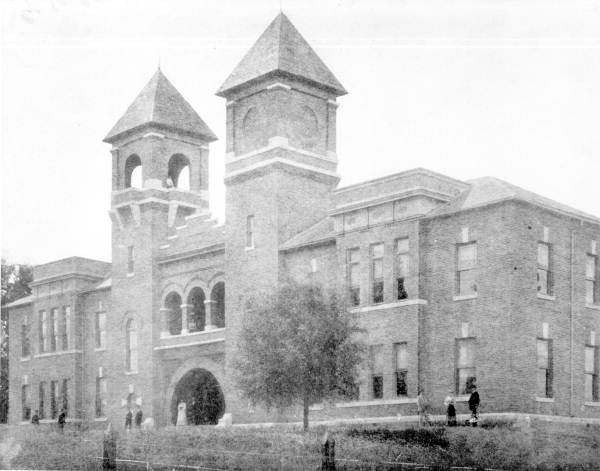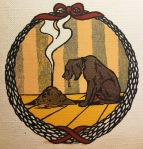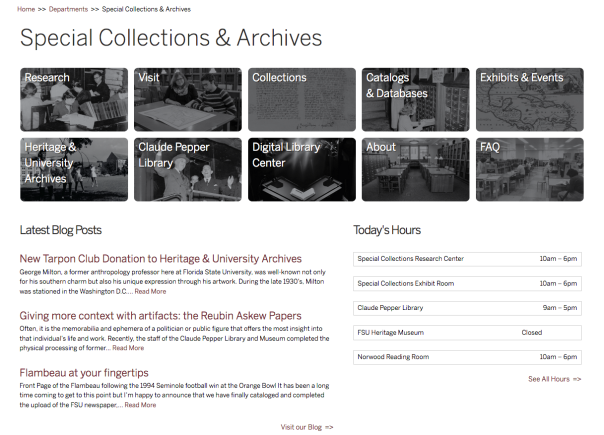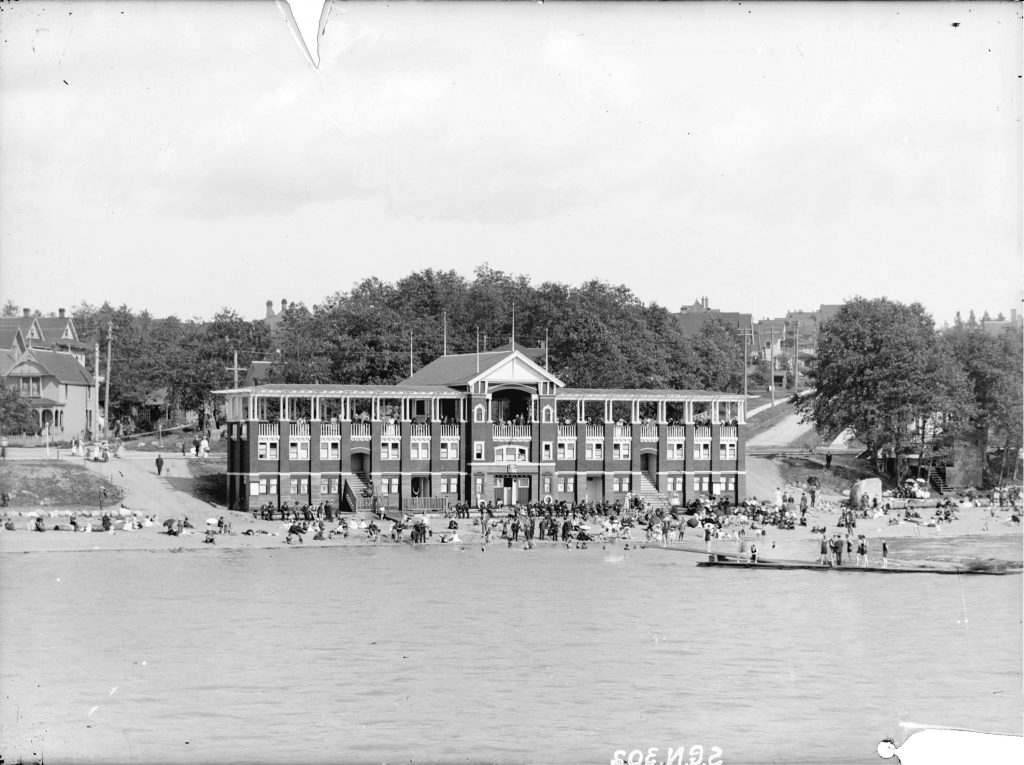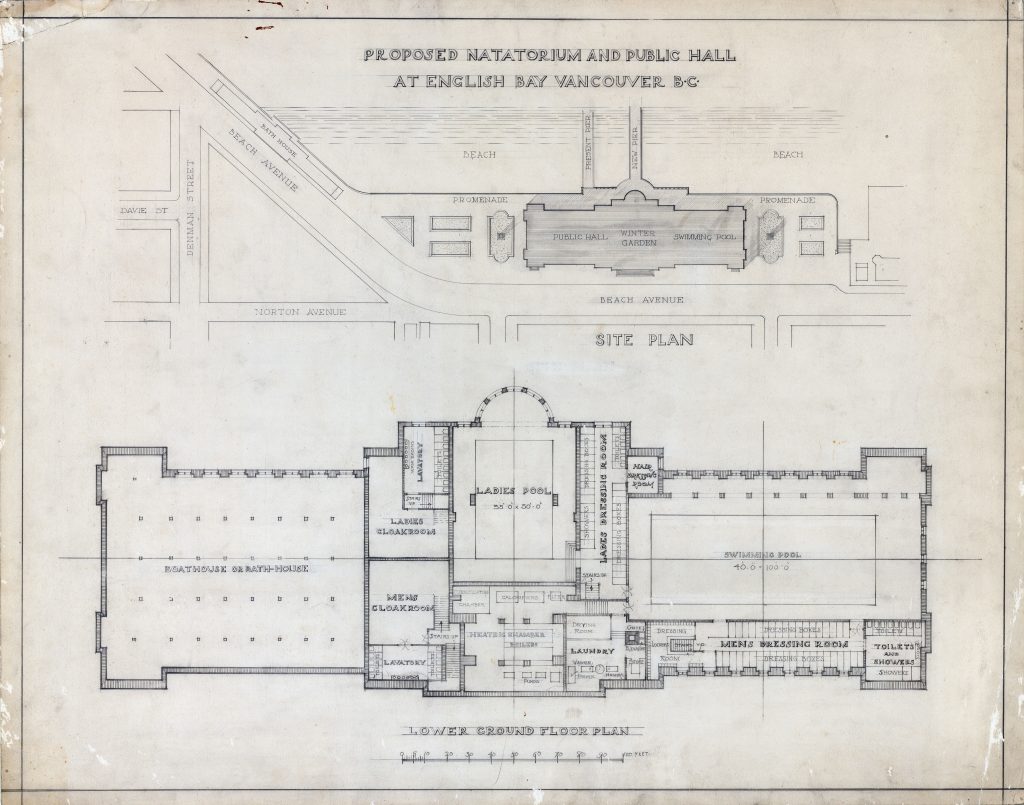Thanks to funding from the Friends of the Vancouver City Archives and the generous support of a private donor we are pleased to announce that over 6,800 photographs showing the 1976 Habitat Forum are now available online.

Habitat Forum compass rose painted on the Jericho Wharf by Lenore Barron and Frank York. Reference code: AM1671-: CVA 395-05267
Habitat Forum took place at Jericho Beach Park from May 27th to June 11th, 1976. It was a conference/exposition that happened in conjunction with the “official” U.N. Habitat conference. According to the Habitat Forum program, found in the Archives’ United Nations Conference on Human Settlements fonds, “Habitat Forum is the collective name for the non-governmental activities related to Habitat: the United Nations Conference on Human Settlements.” Entry to the “official” UN Habitat conference was limited to government delegates, selected NGO officials and press. The Habitat Forum provided a space for members of the public to engage with the conference and monitor the U.N. sessions via closed circuit television remotely from the Forum site.

Habitat forum crowds in front of Hangar 3 with Bill Reid mural. Reference code: AM1671-: 2011-130.0208
The Habitat Forum program lists four main objectives for the conference:
- To increase public awareness around problems related to human settlements and the solutions required
- To build support and understanding around decisions and actions needed to manage these problems
- To co-ordinate the stance of NGO’s and public for presentation to official U.N. Habitat conference
- To encourage the U.N. to look to NGO’s and other organizations for expertise and input
In order to address these objectives, the staff and volunteers at Habitat Forum invited speakers, panelists, dance groups, performers and workshop leaders including: Mother Theresa, Buckminster Fuller, Pierre Trudeau and Margaret Trudeau.

Lead organizer Al Clapp with Margaret Trudeau at the Habitat Forum site. Reference code: AM1671-: 2011-130.0351
To better support the activities, participation and spirit of Habitat Forum the staff and volunteers, led by Al Clapp (pictured above), renovated and built an impressive site. A majority of the photographs show the construction, innovation, people and materials involved in this process. Most of the photographs were taken by Erol H. Baykal, crew member and Habitat Forum site photographer.

Habitat ID photo for Erol Baykal. Crew member ID photos were very useful for identifying individuals in the Habitat Forum photographs. Reference code: AM1671-: CVA 395-01087

Hangars and Habitat Forum site before construction. Reference code: AM1671-: 2011-130.0454

Habitat Forum general site plan. Reference code: AM1671-: CVA 395-05970
Habitat Forum staff and volunteers converted the five airplane hangars at Jericho Beach Park (former air force base) to an exhibition site for the Habitat Forum. They worked at the site from October 1975 until May of 1976 to prepare. Features of the purpose built site included: meeting rooms, theatres with custom bench seating, a stable, outdoor exhibitions, areas for food vendors including restaurants and snack bars, indoor exhibitions spaces, a bar, lounges, workshop space, wharf, stage and performance area, and more.
Here is a selection of photographs highlighting some of these features:

Custom built seating inside Hangar 5, the Plenary Hall. Reference code: AM1671-: 2011-130.0520

Blue dome, Habitat Forum outdoor exhibition. Reference code: AM1671-: CVA 395-07009

Maiden Japan, Japanese Food vendor. Reference code: AM1671-: 2011-130.1092

Habitat Forum bar in Hangar 7. Reference code: AM1671-: 2011-130.0656

Habitat Forum display about radioactivity, with human hair. Reference code: AM1671-: CVA 395-08351

Hannelore Evans, Habitat Forum banner designer and batik artist, in the banner studio with textiles. Reference code: AM1671-: CVA 395-06657
Habitat Forum drew big international crowds and was a chance to highlight the political and activist landscape of Vancouver and British Columbia. Various exhibitors, including vendors and local, national, and international organizations set up tables and engaged with visitors.

National Association of Friendship Centres and Indian Friendship Centre Association of B.C. table inside one of the Hangars at Habitat Forum. Reference code: AM1671-: CVA 395-07991
The Habitat Forum photographs are not only a rich resource for learning about the Habitat Forum, but they provide insight into the culture, style and political landscape of the 1970s. They also highlight local, national, and international personalities and depict unique views of Vancouver’s cityscape and Jericho Beach that have vastly changed since 1976. We hope you will enjoy looking through the images online. If you are interested to know more about the Habitat Forum and enjoyed these images, look for some of them to appear in Lindsay Brown’s new book Habitat ’76.







